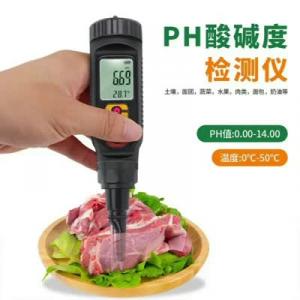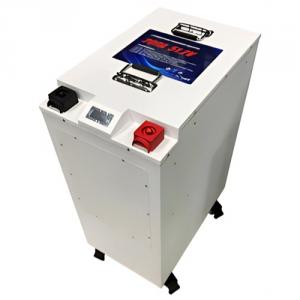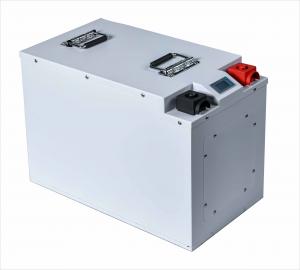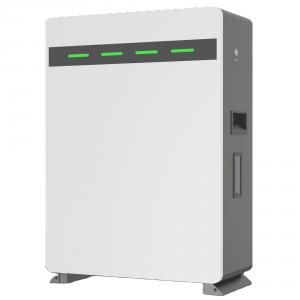Loading Port:Shanghai
Payment Terms:TT OR LC
Min Order Qty:1000 unit
Supply Capability:500000 unit/month
Range summary:
NARADA TT series valve regulated lead acid batteries are designed with AGM(Absorbent Glass Mat) technology, high performance plates and electrolyte to gain extra power output for common power backup system applications widely used in the field of communication power, military and broadcast and television system.
The TT series batteries are ensured the quality with NARADA's QA system according to the ISO9001 and ISO14001 standard.

Technical feature:
Reliable Seal Technology
Special Patented grid alloy
Excellent high rate discharge performance
Low internal resistance AGM separator
Flame retardant ABS material container and cover compliant with UL94 V-0
Self-regulating pressure relief valve
The design float life is 12 years at 68oF(20oC)
Type: | TT12V32 | |
Voltage: | 12V | |
Nominal Capacity: | 32Ah(C10) | 32Ah(10 hours rate:) |
Length: | 220mm | |
Width: | 121mm | |
Height: | 243mm | |
Height with termial: | 246mm | |
Weight: | 17.8Kg |
Compliant standards :
IEC60896-21/22
Eurobatt guide
UL
Manufactured under system ISO9001(TUV)
Battery installation compliant with:
EN 50272-2 or local equivalents
Main application:
Cable Television
Communication Equipment
Security System
UPS
Control Equipment
Medical Equipment
Emergency Power System
Products characteristics:
Recommended float charge voltage for 12V battery:
2.25Vpc at 77oF(25oC)
Self discharge rate: < 2% per month at 25oC
Shelf life: six months at 68oF(20oC)
Valve regulated system, no water addition needed.
FAQ
![]() Is there a maximum temperature for charging lead acid batteries?
Is there a maximum temperature for charging lead acid batteries?
When charging lead acid batteries, the temperature should not exceed 120ĄăF. At this point the battery should be taken off charge and allowed to cool before resuming the charge process.
![]() Are lead acid batteries recyclable?
Are lead acid batteries recyclable?
Lead acid batteries are 100% recyclable. Lead is the most recycled metal in the world today. The plastic containers and covers of old batteries are neutralized, reground and used in the manufacture of new battery cases. The electrolyte can be processed for recycled waste water uses. In some cases, the electrolyte is cleaned and reprocessed and sold as battery grade electrolyte. In other instances, the sulfate content is removed as Ammonia Sulfate and used in fertilizers. The separators are often used as a fuel source for the recycling process.
![]() What is battery cycle life?
What is battery cycle life?
One cycle of a battery is a discharge from full charge to full discharge and a return to full charge again. The total number of cycles a battery can perform before failure is called its Cycle Life. Moat battery manufacturers will not discus the Cycle Life of their product. Many advertised Deep Cycle batteries have not been tested, or, which is the case with cranking batteries, were never designed for long Cycle Life .



